
Bethany Brookshire was a longtime staff writer at Science News Explores and is the author of the book Pests: How Humans Create Animal Villains. She has a B.S. in biology and a B.A. in philosophy from The College of William and Mary, and a Ph.D. in physiology and pharmacology from Wake Forest University School of Medicine. She was a 2019-2020 Knight Science Journalism Fellow at MIT, the winner of the Society for Neuroscience Next Generation Award and the Three Quarks Daily Science Writing Award, among others.

All Stories by Bethany Brookshire
-
 Life
LifeScientists Say: Amphibian
Amphibians are ectotherms that live dual lives — they start off in water, breathing with gills, and end up breathing air with lungs.
-
 Chemistry
ChemistryBuild ice towers with bottled water and ice
Pour out liquid water into a solid ice tower. We outline the conditions you’ll need to turn this demonstration into a super-cool experiment.
-
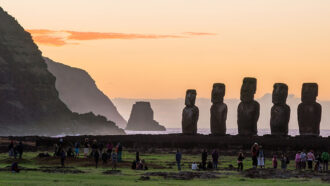 Archaeology
ArchaeologyLet’s learn about ancient technology
Ancient people didn’t have the internet. Instead, they performed surgeries, made weapons and built monuments with wood, stones, rope and fire.
-
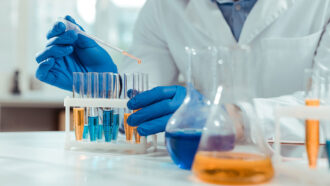 Chemistry
ChemistryScientists say: Chemical
A chemical is anything made of two or more atoms bonded together in a fixed structure. Chemicals make up the world around us.
-
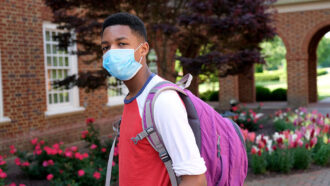 Health & Medicine
Health & MedicineHere’s how COVID-19 is changing classes this year
To keep students and teachers safe from COVID-19, some things in the classroom are changing — and sometimes entire schools are being kept closed.
-
 Space
SpaceScientists Say: Asteroid, meteor and meteorite
Asteroids, meteors and meteorites are all space rocks. But one is in orbit, another is in the atmosphere and the third is on the ground on Earth.
-
 Archaeology
ArchaeologyWomen like Mulan didn’t need to go to war in disguise
Female skeletons in Mongolia show injuries like those of fighting men — evidence that they could be warriors, too.
-
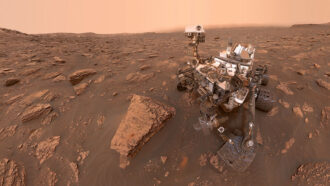 Tech
TechLet’s learn about space robots
Space robots can take pictures of other planets, analyze samples of their surface and even peer into their interiors.
-
 Health & Medicine
Health & MedicineScientists Say: Vaccine
Vaccines help the body develop immunity to a disease. They are biological mixtures that imitate a disease so the body can defend itself.
-
 Agriculture
AgricultureScientists Say: Carbohydrate
Carbohydrates are molecules with carbon, oxygen and hydrogen. Animals break down these chemicals in food to get energy.
-
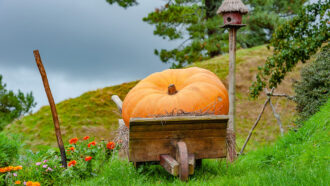 Brain
BrainYou don’t see as much color as you think
It might seem like we live in a world full of color. But when scientists flip it into black and white, most people never notice the switch.
-
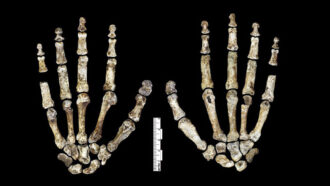 Humans
HumansLet’s learn about early humans
Homo sapiens are the last member left of our genus. But many other species of early humans existed before us.